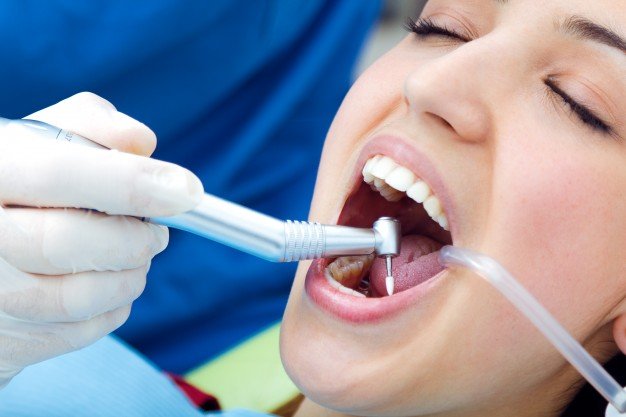There are points in our life where we feel nothing can get better, that we’ve exhausted our options, and we’re just stuck. But the truth is, the only way we stay stuck is if we believe that’s all we can be. Getting help may seem impossible or not even worth our time, but seeking it out is taking a step forward and actually taking the initiative to live a life we deserve.
Many addicts exist in an eternal state of hopeless and despair. You’ve been under the influence of drugs and alcohol for so long – what makes you think there’s the possibility of change? Honestly, we are the ones who prevent ourselves from changing or seeking help, no matter who many times we try to make excuses or convince ourselves otherwise.
No matter who you are, where you come from, how old you are, or what your circumstances are, these are five reasons to convince you why it’s not too late to get help:
1. You control your actions – not substances, a person, or even anything in the outside world:
Outside elements can definitely influence your choices, but at the end of the day, you ultimately make the choice itself. Think of it this way: you have the power to do anything you want in life – anything. That’s an incredible concept. Trust yourself to make the best choices even if they scare and embarrass you, or even trigger self-consciousness and insecurity.
2. Resources are always readily available:
Resources, such as helplines, rehab centers, and support groups, are always readily available to help you; what’s more, new treatments are expanding and being utilized constantly! There are even organizations specifically created to guide you towards achieving goals and living a fulfilling life. Subsequently, your friends and family are also people who can support you. They’re a genuine support system who believes in you and will encourage you to keep moving forward – especially, in those moments of weakness.
3. You can always start over if things don’t work out the first time:
Don’t focus on feeling your adversities need to be overcome within a certain amount of time. There are no perfect moments to start helping yourself. You decide when that moment will happen. There have been so many instances where an addict suffered relapses after long periods of sobriety and felt like a failure who took one hundred steps back. But despite the fact, they realized that giving up was always worse than the actual failure itself. Drugs and alcohol are the only substances. Your personal situation is only a situation. It doesn’t define who you are – your actions do. Lastly, lessons are never painless because they equip you with better emotional tools and strategies to handle the same events in a more mature and understanding way.
4. Life does get better:
Tomorrow, the next day, and the future, in general, is always uncertain. While that may sound like an intimidating concept at first, it can actually be a catalyst for taking the initiative to help yourself. The world is full of possibilities, some of which you will never experience unless you have the courage to discover them. You can expect the world to open up when you allow yourself to stop being dictated by fear and doubt.
5. You have more strength than you think:
We are always stronger than we give ourselves credit for. Strength comes from our will to be strong in the first place. You always end up surprising yourself when you take the leap to surpass mental and emotional boundaries. The moment you overcome one obstacle, it turns into two, then three, and so on. Emotional resilience becomes a never-ending domino effect when we face fears despite being afraid over and over again.
All may seem hopeless in the world, but that doesn’t mean that’s the truth. You always have the ability to change your life and get the help you need. Turning your life around will take hard work, and the path may not always be clear, but remember – you get to choose how this life will be lived. You have the power to make it whatever you want it to be, and you can do it.
You really can.






















